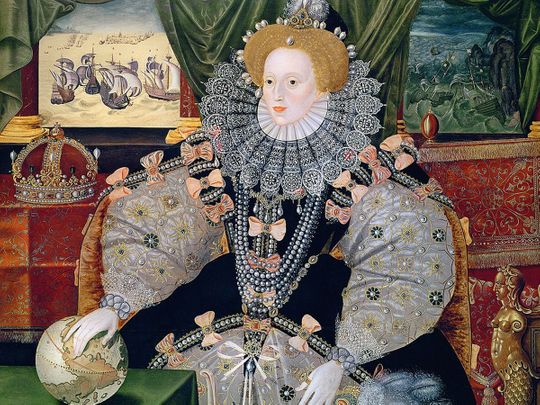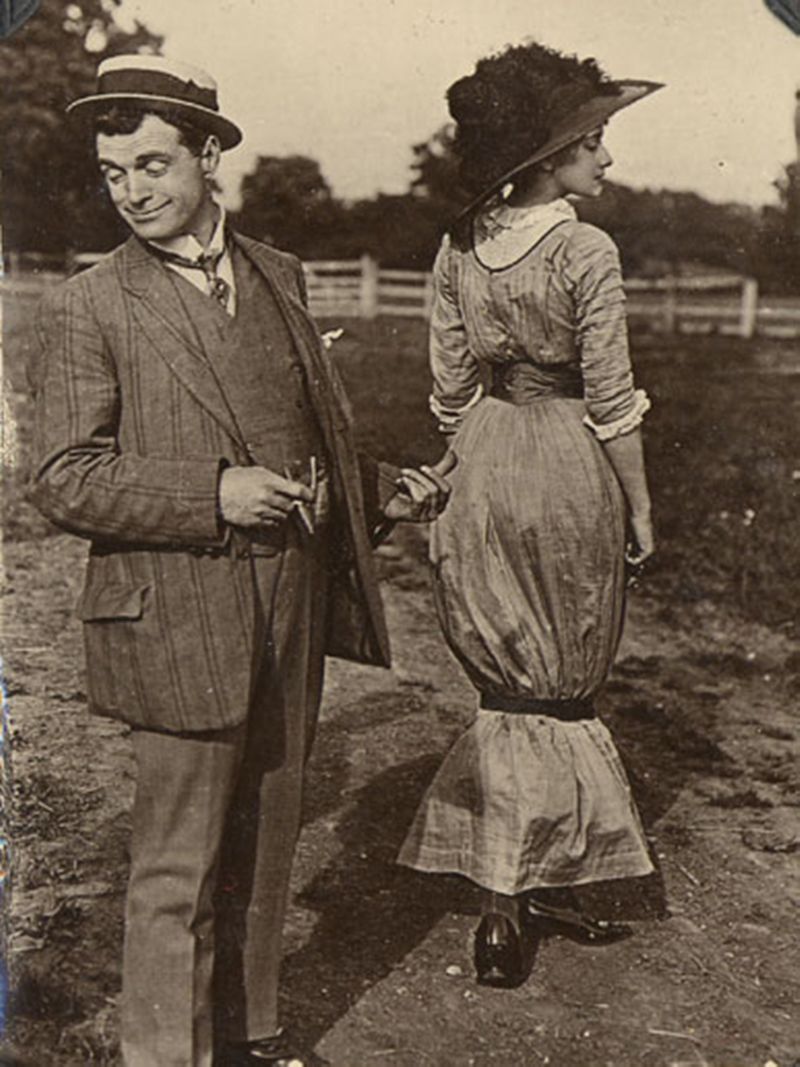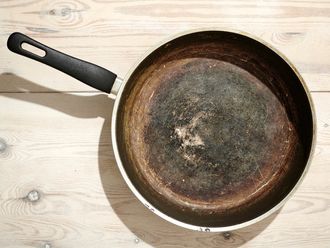
If you find sleeve-only hoodies weird and block Crocs for adults bizarre, then remember this – fashion trends have always celebrated the aspect that makes them different and eye-catching.
Click start to play today’s Spell It, where we learn that what makes us ‘chic’ can change dramatically over time.
Funnily enough, today’s trends are arguably quite tame compared to fads of the past. Here are a few bizarre historic fashion movements that caught on like wildfire:
1. Black teeth
Sugar was a rare commodity in early Tudor England. It only became widespread at the time Elizabeth I became the Queen of England in the mid 1500s, but even then, it cost an arm and a leg for the average English citizen. According to a report in UK-based newspaper The Telegraph, the queen had such a fondness for sweets, her teeth started to decay and turn black – some people even complained that it was difficult to understand what she said. Although Queen Elizabeth I’s teeth were nothing to boast about, and were a product of years of sugar consumption and neglect, they sparked a fashion trend in England. Women purposely blackened their teeth to emulate their queen, and also not-so-subtly prove that they had enough money to buy sugar.
2. Hobble skirts

The word ‘hobbling’ is a term that describes how people would tie an animal’s legs together to prevent it from running away. In the early 20th century, this technique somehow made it into women’s fashion. Designed to slow women down and prevent them from taking unseemly large steps, the hobble skirt depicts how women were viewed at the time. A French designer called Paul Poiret designed the first hobble skirt, according to the US-based Metropolitan Museum of Art website. He was one of the first designers to stop making corsets at the time, and once wrote: “Yes, I freed the bust, but I shackled the legs.”
3. Bliauts
Want to avoid chores? Wear a bliaut like medieval Europeans! Bliauts were dresses with extremely long sleeves that often reached the floor. They were worn by society’s upper class women between the 11th and 13th centuries in Europe, and were considered very trendy among the elites. The idea was to display to the world that their hands were inactive, and they couldn’t perform domestic tasks. They only undertook activities that didn’t require much movement, like crocheting and embroidery work.
4. Chopines
Shoes with very tall wooden or cork platforms, chopines were constructed for both practical and symbolic functions. The decidedly odd-looking shoes had thick-soled raised platforms and were designed to protect people from uneven terrain or muddy streets. It also added some height for the wearer, and enhanced their stature. Unfortunately for this trend, it soon began affecting people’s gait and its inherent design made it quite unstable, so many wearers would find themselves struggling with their balance.
5. Wax cones
Ancient Egyptians, both men and women, were known to wear wax or perfume cones on their heads. Archaeologists think it was a way for them to hide their body odour. Historical paintings depict women wearing the cones more often than men, over their wigs, where the cones would slowly melt as the day progressed.
What do you think of these fashion trends? Play today’s Spell It and tell us at games@gulfnews.com.









